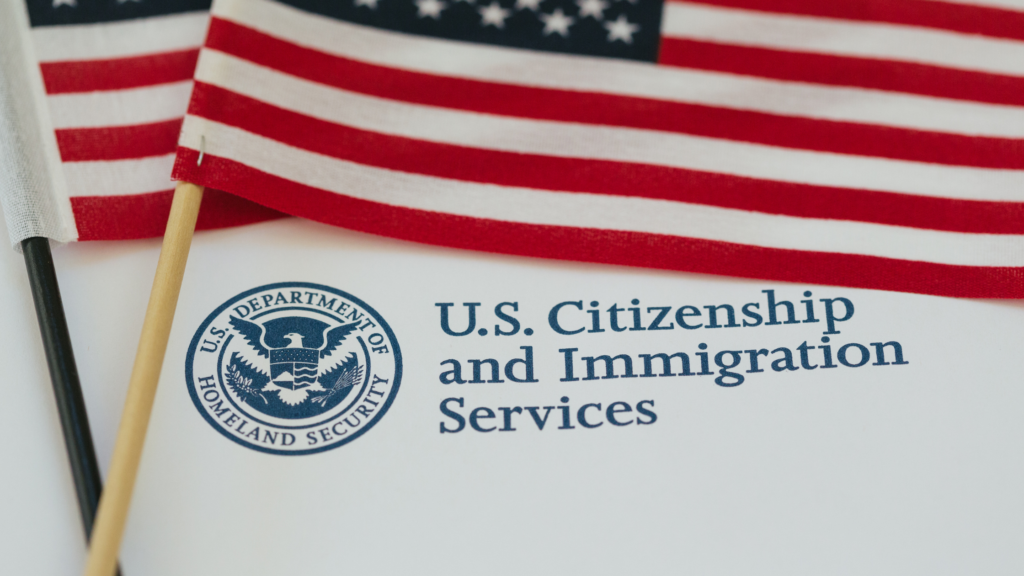Expert Interview: Retrogression and Immigration for International Nurses
By Conexus MedStaff - Posted Sep 16, 2024

Waiting for your EB-3 visa as an international nurse can feel frustrating, especially with the effects of retrogression. However, it’s important to remember that retrogression comes and goes. Your Priority Date will become current. We spoke with Vasco Lopes Da Silva, Executive Vice President of Strategic Global Talent Acquisition at Conexus MedStaff, to learn more about U.S. immigration and retrogression, and get Green Card advice for international nurses.
“One of the most common questions we get asked is how long it will take to start working in the United States,” said Vasco. It’s natural to want to know how long your immigration process will take. This helps with planning for your future move, giving you the time you need to prepare to start working as an international nurse in the U.S.
According to Vasco, under normal circumstances a registered nurse can expect to go from petition filed to EB-3 visa issued within 24 months – but it isn’t always that simple. “How long can you expect from the moment we file your I-140 petition to the time you attend your embassy interview and your Green Card visa is issued? It’s a difficult question to answer, because as the immigration environment changes, timelines fluctuate. The Visa Bulletin that is released monthly by the U.S. government can have an impact on your immigration timeline. It can either expedite things and have you arrive in the USA sooner, or it can delay your process.”
Delays happen when certain visa categories, such as the EB-3 category that offers a Green Card for international nurses, become retrogressed.
As Vasco explained, “Every year the U.S. government allocates 140,000 visas for certain categories. Within those 140,000 visas, there is a 7% quote for each nationality to ensure there’s diversity amongst the immigrants moving to the USA. For example, there may be 10,000 visas available for Philippines nationals under the EB-3 category. If there are 9,000 applications for these visas, then the visas are readily available and there is no wait time for Filipinos to receive an EB-3 visa.
“However, if there are more applications from Filipinos than there are visas available, then the status of the EB-3 category for Philippines nationals becomes retrogressed. Visas for applications beyond the initial 10,000 available will only be issued in the next U.S. fiscal year, when the applicant’s Priority date becomes current.”
The United States’ fiscal year starts on October 1. At this time, the U.S. government releases a new wave of visas.
“Historically there has been retrogression in the last few months of the fiscal year, so it’s something we come to expect and that we also know will pass,” explained Vasco. “Retrogression is a way for the U.S. government to make sure they don’t exceed the allocated amount of visas before the fiscal year ends.”
Since the COVID-19 pandemic in 2020, there have been shifts in the way that visas were allocated and in particular, the availability of EB-3 visas. Throughout the pandemic and for a while after, the Visa Bulletin was current for Filipinos and the Other Nationalities category. “This is because there were unused visas in certain categories, which were rolled over into the employment-based or EB category,” said Vasco. “Because of this, there were nearly double the number of EB visas usually available, and fewer applications than the inflated number of visas available. As a result, Priority Dates remained current for a good period of time.”
However, the last two years or so have seen a return to normal with the number of visas available and applications submitted. “Visas are now down to what they should be at 140,000 issued per fiscal year. There have been more applications than visas available, which is why we’ve seen the Visa Bulletin deviate from current to retrogressed more lately than it did around the COVID-19 pandemic.”
One thing Vasco is keen to stress though is that no matter how retrogressed the EB-3 category becomes, it will always bounce back to current. His advice? “Don’t lose hope. Things fluctuate. There will be periods when things slow down, but we will always expect positive movement with the new fiscal year every October. Whatever the status though, Conexus is committed to helping you get to the United States as quickly as possible.”
Conexus has a specialized immigration team that focuses on making the move to the USA as seamless as possible for international nurses. “We’re very proactive about gathering documents ahead of time and submitting everything in a timely manner,” explained Vasco. “When you hit your immigration milestones we don’t want to be reactive; we want everything ready to move you on to the next stage. Our team monitors every journey closely, and will be there to provide guidance and assistance every step of the way.”
For more information about retrogression and how Conexus can help you navigate the U.S. immigration journey, watch our webinar: Understanding Retrogression: An International Nurse’s Guide to U.S. Immigration.
To find out how Conexus can help you achieve your version of the American dream as an international nurse, apply now.



